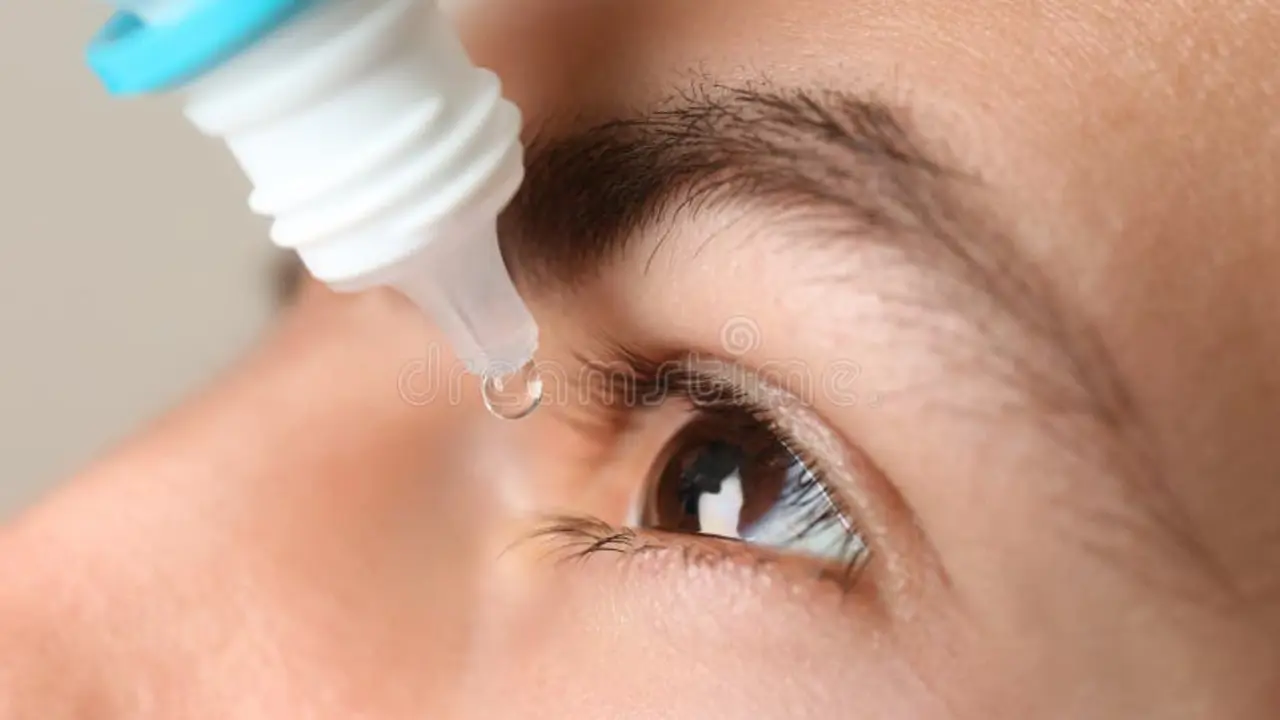Timolol Eye Drops: What They Do and How to Use Them
Glaucoma is a common cause of vision loss, and lowering eye pressure matters. Timolol eye drops are a widely used prescription medicine that reduces intraocular pressure by lowering the amount of fluid the eye makes. Many people get effective pressure control with once- or twice-daily drops. This guide explains how timolol works, how to use it safely, common side effects, and when to call your doctor.
How timolol works and when doctors prescribe it
Timolol belongs to a class called beta blockers. Applied to the eye, it slows fluid production inside the eyeball and helps fluid drain better, which drops pressure. Doctors prescribe it for open-angle glaucoma and ocular hypertension. It may be a first choice or part of a combination plan with other eyedrops or procedures.
How to use timolol eye drops
Wash your hands first. Tilt your head back, pull down your lower eyelid to make a small pocket, and squeeze one drop into that pocket. Close your eye gently and press the inner corner of the eye for about one minute — this cuts systemic absorption and helps the drop stay in your eye. If you use more than one medicine, wait at least five minutes between different drops. Typical dosing is one drop once or twice daily depending on the strength and your doctor’s instructions. Don’t rub your eye after putting drops in.
Store the bottle as the label says — some formulations need refrigeration before opening, others do not. Avoid touching the tip to anything and keep the cap tight. Throw away any leftover bottle after the date your pharmacist gave you or if the solution changes color or smells odd.
If you miss a dose, put it in as soon as you remember unless it’s almost time for the next dose. Don’t double up.
Side effects and precautions
Most side effects are local and mild: stinging, burning, dry eyes, or blurred vision for a short time. Because timolol is a beta blocker, small amounts can enter the bloodstream and cause tiredness, slow heart rate, or breathing trouble in sensitive people. Tell your doctor if you have asthma, COPD, heart block, severe heart failure, or very low blood pressure. Also mention diabetes — timolol can mask low blood sugar signs.
Interactions and safety
Timolol can interact with oral beta blockers and some heart medicines. Always list all drugs and supplements to your prescriber and pharmacist. Don’t drive or operate machinery until you know how the drops affect your vision.
When to call your doctor
Seek help if you get chest pain, severe shortness of breath, fainting, or a very slow heartbeat. Also call if eye redness, pain, or vision loss gets worse after starting the drops.
Timolol works well for many people. Use it as directed, keep regular eye exams, and ask questions if anything feels off.
If you have concerns, ask your pharmacist or ophthalmologist; they can adjust treatment or suggest alternatives easily today.

